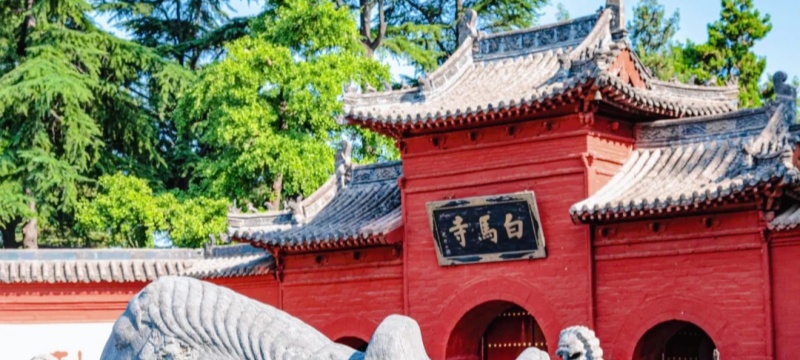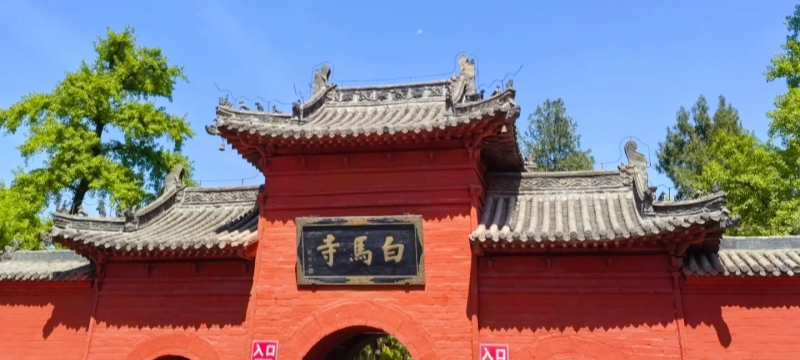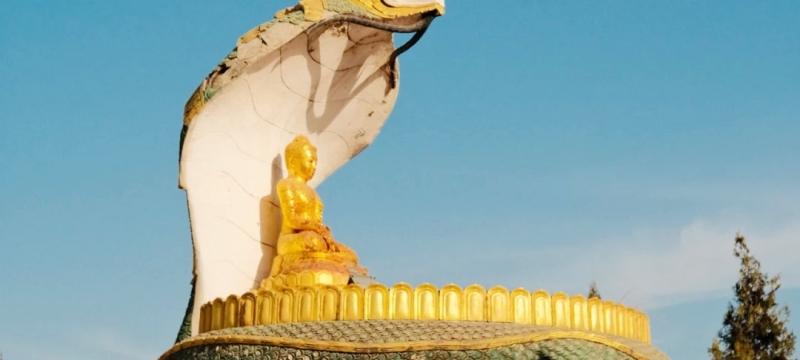





White Horse Temple
The White Horse Temple (白马寺), founded in 68 CE in Luoyang, Henan, is China’s first official Buddhist temple. Legend has it that its name derives from a white horse that carried Buddhist sutras from India. A UNESCO-affiliated site, it marks the introduction of Buddhism to China, blending Indian philosophy with Chinese traditions. Highlights include the Great Hall of Heavenly Kings and serene gardens. Visit in spring or autumn, and combine with nearby Longmen Grottoes for a cultural journey through China’s Buddhist heritage.
1.Attraction Introduction
The White Horse Temple (Baima Si), located 12 km east of Luoyang, Henan Province, is China’s oldest Buddhist temple. Founded in 68 CE under Emperor Ming of the Eastern Han Dynasty, it marks the official introduction of Buddhism to China. The temple’s name originates from a legend: Emperor Ming dreamed of a golden-maned horse carrying Buddhist sutras, leading him to dispatch envoys to India. The mission returned with Indian monks Kasyapa Matanga and Dharmaraksa, who established the temple. Today, the complex blends ancient architecture with serene gardens, featuring traditional Chinese halls, pagodas, and the International Buddhist Halls Zone, representing Buddhist cultures from Thailand, India, and Myanmar. Highlights include the 1,900-year-old Song Dynasty Hall of Heavenly Kings, the Ming-era Great Buddha Hall, and the iconic 13-story Qitian Pagoda.
2.Historical Background
The White Horse Temple’s construction was directly linked to imperial patronage, making it the cradle of Chinese Buddhism. Over centuries, it thrived as a center for translation, monastic practice, and cultural exchange. Destroyed and rebuilt multiple times, the temple retains structures from the Yuan, Ming, and Qing dynasties. During the Tang Dynasty (618–907 CE), it became a hub for East Asian Buddhist pilgrimage, influencing the spread of Buddhism to Japan, Korea, and Vietnam. In 1961, it was declared a National Key Cultural Relic Site, and ongoing restorations have preserved its historic integrity.
3.Map & Key Spots
Shanmen (Main Gate): Original Song Dynasty gate with horse statues.
Hall of Heavenly Kings: Houses fierce guardian deities.
Great Buddha Hall: Enshrines a 2.1-meter-tall Vairocana Buddha.
Qitian Pagoda: A Tang-style pagoda housing Buddhist relics.
International Buddhist Halls: Thai, Indian, and Burmese-style temples.
Beisi (Monks’ Graves): Final resting places of monk missionaries.
4.Suggested Route
Half-Day Exploration:
Start at the Shanmen → Visit Hall of Heavenly Kings → Proceed to Great Buddha Hall → Admire Qitian Pagoda → Explore International Halls (Thai Temple first) → End at Beisi for reflection. Allow 1.5 hours total, with extra time for the gardens.
5.Best Time to Visit
Best: Weekday mornings (8–10 AM) for quiet exploration; autumn (Sept–Nov) for mild weather.
Avoid: National holidays (Golden Week, Labor Day) and weekends, when crowds peak.
6.Transportation Guide
Location: Luolong District, Luoyang City, Henan Province.
From Luoyang Central Station: Take bus 56 or 58 (40 mins, 2 RMB).
From Luoyang Longmen Railway Station: Bus 60 (1 hour, 3 RMB).
From Luoyang Beijiao Airport: Taxi (~30 mins, 50 RMB) or shuttle bus to city center, then transfer to bus 56.
7.Costs & Tickets
Entry Fee: 35 RMB (standard), free for seniors/students with ID.
Guided Tour: 100 RMB/group (optional).
Incense Offerings: Available for purchase (prices vary).
8.Special Notes
Photography: Permitted in most areas except restricted zones.
Dress Code: Respectful attire (avoid shorts/sleeveless tops in halls).
Etiquette: Remove hats/sunglasses inside halls; avoid loud noise.
Facilities: Free luggage storage at the visitor center; vegetarian meals available at temple canteens.
